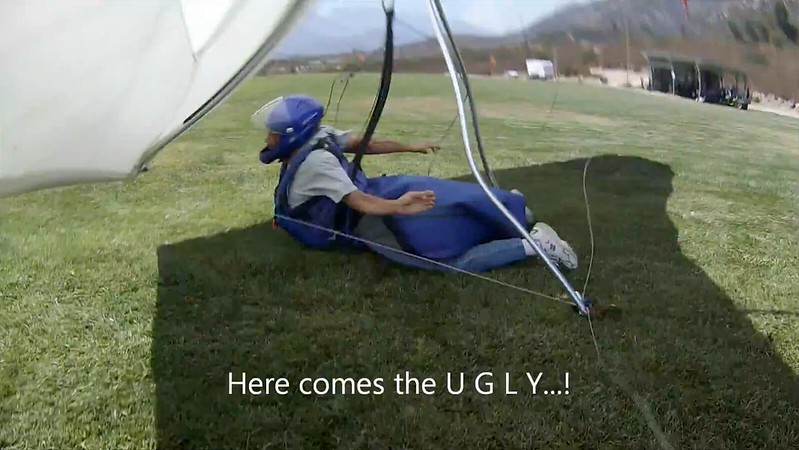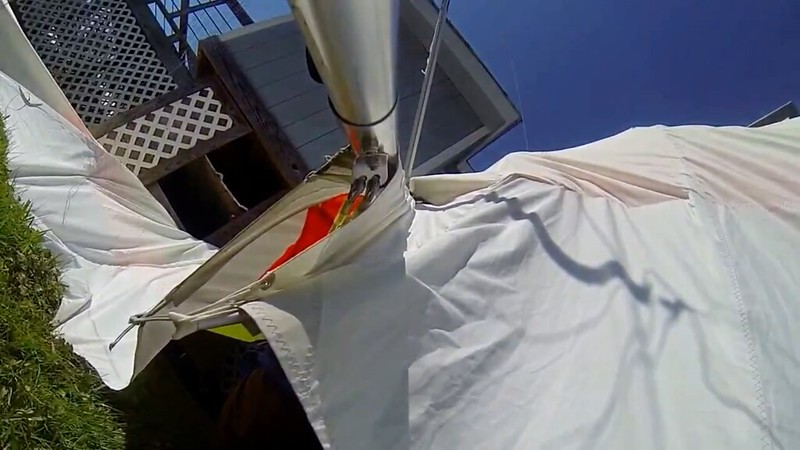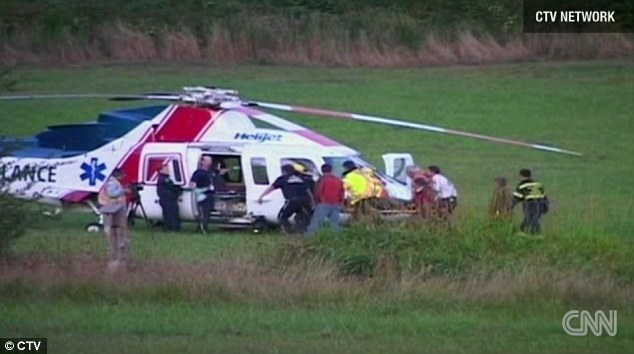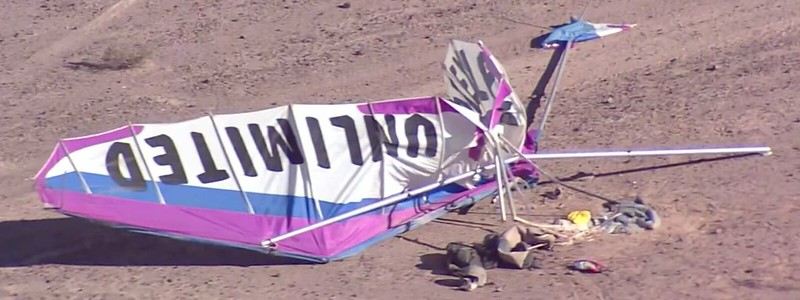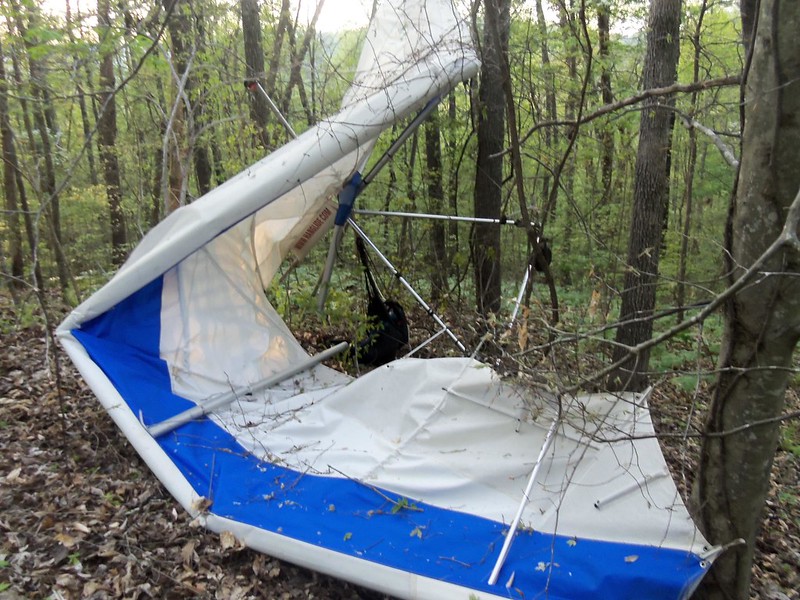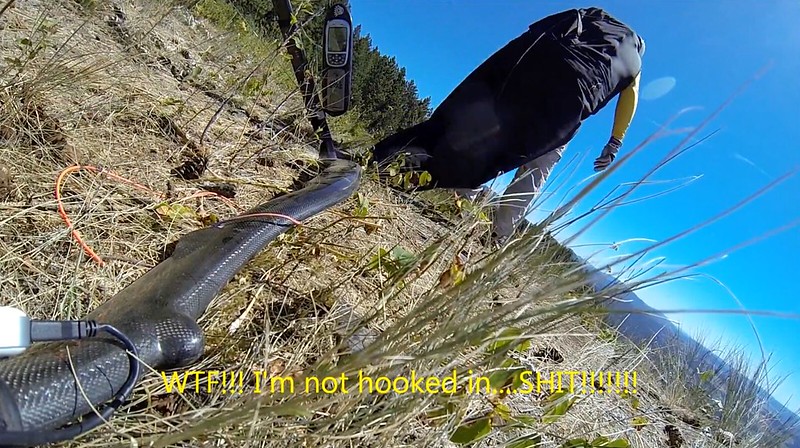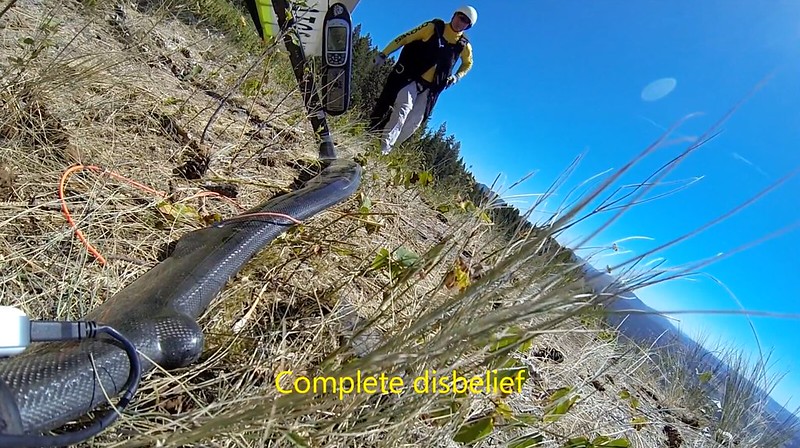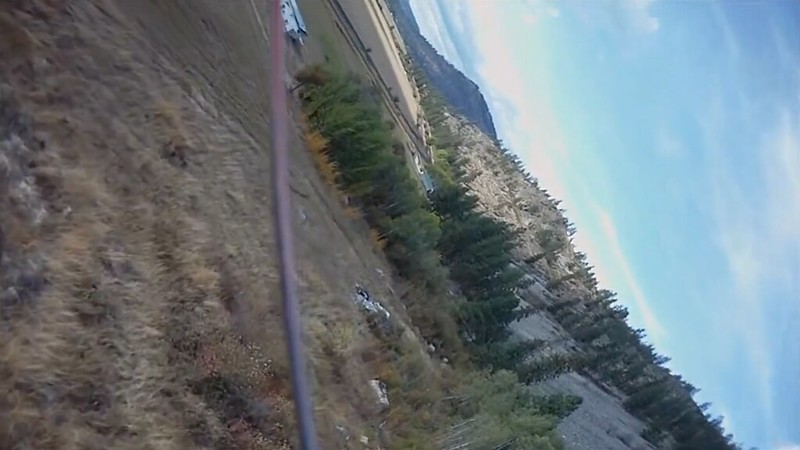http://www.hanggliding.org/viewtopic.php?t=34985
Low Turns to Final
Steve Corbin - 2016/12/23 22:26:12 UTC
Dave Pendzick - 2016/12/22 03:08:06 UTC
Have you ever seen a tandem paraglider land?
The paraglider wing is far up out of the wind gradient. There's no use in comparing the paraglider to a hang glider. The only thing they have in common is the ability to fly.
And hang gliders can't be landed by a pilot in flying position with both hands on the controls.
Dave Pendzick - 2016/12/23 22:37:46 UTC
We were talking about a fast vs slow approach speeds & the inherent danger with flying your approach at just above stall speed. Take your pick as to which one you prefer, I have made up my mind. Oh, & I also did not know that a wind gradient had a specified height above ground in which paraglider are never effected. Thanks for the information.
Steve Corbin - 2016/12/24 03:23:07 UTC
While I'm sure that a paraglider can be affected by a wind gradient, I'm also pretty sure that it rarely happens. I've experienced gradient that was pretty high, but that was a situation involving dense tree growth on the upwind end of the field.
Are you sure? I was under the impression that hang glider landing fields don't have upwind ends.
So I was only pointing out that while gradient effects can have serious consequences for hang gliders, the paraglider pilots rarely, if ever, have a problem with wind gradients.
So cite me some incidents in which a hang glider has come into a field under control and gradient has precipitated a crash.
Let's face facts.
There ARE no FACTS in hang gliding. Just OPINIONS. Go back and ask Bob if you don't believe me.
Flying low is fun, and flying low and fast is even more fun.
Name some activities that are actually dangerous in which participants are having actual fun.
But if we're going to do it, we need to understand just how the gradient can interfere with our control of the hang glider.
Let's start by watching some videos of people who don't get it.
Wind gradient only exists when there is wind, and the stronger the wind and the rougher the surface over which it's blowing, the more pronounced the gradient can be.
1. So should we NOT be landing in narrow dry riverbeds with large rocks strewn all over the place?
2. And the people who are doing these insanely low turns in these dangerous gradient/turbulence situations don't understand that.
The discussion is about low turns. If a glider is banked, one wing tip is low and the other higher. It's quite possible for the high wing to have significantly more airspeed than the lower one, due to the circular flight path and a wind gradient. Pilots of weight-shift controlled hang gliders don't have an excessive amount of roll authority...
Bullshit. Pilots of weight-shift controlled hang gliders going like bats outta hell have astronomical amounts of roll control authority. PIO is far from an unknown phenomenon in this sport.
...so if the high wing is experiencing 10 to 15 mph more airspeed than the lower one...
Here we go... This theoretical bullshit that's never actually happened in real life.
...a pilot just might have a slower roll rate than he's used to when it comes time to roll out.
We'd have some pilots posting about experiencing this effect but, unfortunately, none have ever survived with enough brain function to be able to recall the incident.
This can result in the pilot rolling out to level on a heading that isn't going to lead to the desired target...
The old Frisbee in the middle of the LZ.
This could mean another low turn to get back on course.
Gawd, please let this end.
The training hill is where I've had the most discussion with pilots about the possible effects of wind gradient.
Since there are no videos of this happening anywhere in real life and it would be a total waste of your time talking about stomp tests and hook-in checks.
When there's no wind, a pilot can pick up a low wing during the launch run, but if there's a nice breeze it's not uncommon for a pilot to not have enough roll control to overcome the relatively large difference in airspeed between the high and low wing.
Just let go of the control bar, run toward the high wing, roll control the glider through weight shift alone.
069-25104
http://c2.staticflickr.com/2/1572/26142964830_289bc3f2cb_o.png
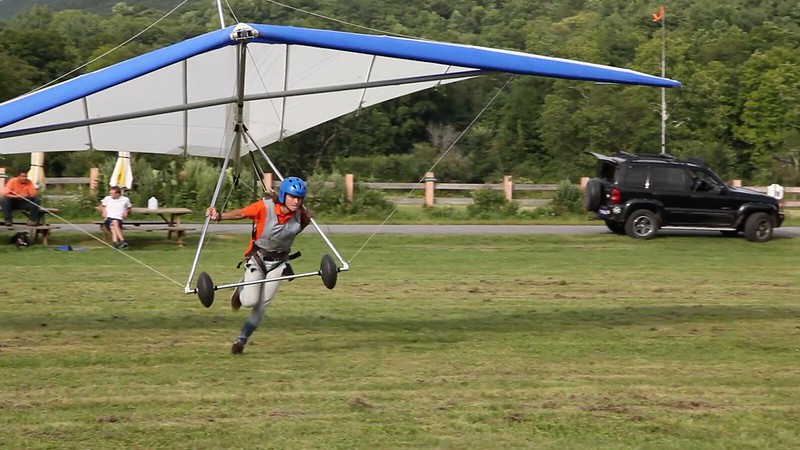
So it's my belief that even hot dog expert pilots can get in trouble performing turns close to the ground.
Well if that's your BELIEF we CERTAINLY don't need to see any videos or hear any actual incident reports.
But if you want to do it, it is a good idea to observe the wind conditions and if there's significant wind, assume a gradient exists, and don't let one wing have a lot more airspeed than the other one.
And you need to hear and understand all this theory because otherwise you'd make no effort to muscle your wing back to level.
Balance is good.
Just make sure you never lift your wing into the turbulent jet stream.
Tom Lyon - 2016/12/24 06:22:45 UTC
Thanks, George. As usual, the wisdom of your experience shows. I agree with you entirely.
Big fuckin' surprise - asshole.
waveview - 2016/12/25 04:52:20 UTC
High bank turns are often needed to stay in the lift. Even on small dune sites. This is one of the local pilots keeping his Airborne F2 wing in the narrow lift band at our local site on 23rd December 2016.

Bunbury Toy high bank 23 Dec 16 640X380.jpg
Looks WAY below two hundred feet to me. In the book of JackieB he's dead many times over.
Telepilot - 2016/12/26 13:06:11 UTC
That's a cool picture but he's not landing on that grass there so that's not what we're talking about.
Right asshole. High banked turns near the surface are only dangerous if they immediately precede a landing.
But that looks like a really fun site!
Since when did we start allowing fun stuff in this sport?
But just think of all the videos of gliders stalling low wings due to the gradient we're not seeing.
Red Howard - 2016/12/27 18:47:15 UTC
Bob,
Yep, and he got bit twice.
Yeah Red, it was really horrible. Barely watchable.
The first time, he was about one wingspan high, flying straight and level. Then he stuck one wingtip 'way down into a more extreme gradient, and he almost lost it, that time.
Had probably done lotsa stomp tests and critically work hardened his sidewires as well.
He was able to pull that low wing back up a bit (lucky!), and flew it out of trouble.
Lucky sonuvabitch.
Notice that he landed in much less wind than he had when he was one wingspan high. That is a respectable wind gradient, at that place. Slow approaches are hazardous to your health.
Go fuck yourself.
Wendy F - 2016/12/28 01:22:15 UTC
OK, from what I've read everyone seems to agree that safety is number one.
Really? Have you read Rolla Manning's tagline?:
Life's goal is not to arrive safely at the grave in a well preserved body. But rather to slide in sideways, totally worn out and broken, shouting “Holy Crap, WHAT A RIDE !!"
Purposeful thrill seeking by pulling low turns (no matter how much air speed and experience you have) sounds like trouble to me.
Well if it sounds like trouble to you it certainly must be. It would be totally nuts to bother finding a single shred of data to support your opinion - and override the judgment of the guys with qualifications, experience, skills coming outta their asses.
If a pilot has to make an "emergency" low turn...
1. Why is "emergency" in quotes?
2. This thread was launched regarding tandem thrill rides in which all the low turns were totally ELECTIVE.
...i.e. they misjudged the space needed for their long approach...
1. One does low turns to eliminate any issue of misjudging space needed - asshole.
2. But of course someone with your excellent opinions would be totally incapable of misjudging the space needed for any of your long approaches. Fuck gradients, shadow, thermals, sink, gusts, traffic...
...perhaps they need to start considering plan B and plan C for when their plan A landing set up doesn't work.
1. Their Plan As are perfectly fine - douchebag.
2. In lotsa aviation situations there is no Plan B. If a passenger jet loses all power just as it's coming off the runway at BWI it WILL crash and lotsa people WILL die.
Whether that's landing in the next field, landing cross wind, or rolling out on wheels (if you have them)...
1. All tandem rides have them. That's why you never hear about any tandem landing crashes and injuries.
2. If you don't fly with wheels or skids you've got no fuckin' business having any opinions about other people's safety standards and margins.
...we should always be thinking of the other options available to us.
Just as long as none of those options involve low turns onto final. We've already agreed that those are a hundred times more dangerous than overshooting the field into the treeline, barbed wire fence, powerlines, highway, whatever and anyone who dares practice them needs an immediate permanent rating revocation.
NMERider - 2016/12/28 02:37:31 UTC
Turns near the ground in laminar, coastal sea-breeze lift over soft sand are not only off topic but posting those videos on this thread does little more than try to discredit the posts of those among us who advocate for safe practices. Shame on you.
Turns near the ground in laminar, coastal sea-breeze lift...
Do we have one scrap of evidence that any of the topic "Low Turns to Final" to final are being done in air the least bit significant?
...over soft sand...
If no gliders are so much as touching - let alone crashing - what difference does it make whether the surface is soft sand or concrete strewn with broken glass?
...are not only off topic but posting those videos on this thread does little more than try to discredit the posts of those among us who advocate for safe practices.
Just try? I think he does a pretty goddam good job of discrediting the posts of those among us who advocate for safe practices.
Low Turns to Final
99 posts, 25 participants. Not ONE SINGLE sentence, word, syllable, punctuation mark, smiley of even a SUGGESTION that a deliberate low turn onto final by a tandem - or solo - has EVER been done in conditions which had the SLIGHTEST bearing on the safety of the flight. 100.00 percent bullshit issue.
Meanwhile, back in the real world, fuckin' Bo Hagewood - 1991/12/15, Lockout Mountain Flight Park - clips the treetops, seriously mangles himself, kills his 27 year old Two rated student (Michael Elliot) who was gonna do his first high solo on the next flight, and gets a total pass from the hang gliding "community".
Doing a long straight final is NOT *EVER* a safe PRACTICE.
- At BEST one isn't "PRACTICING" shit. One is dangling under the glider possibly pulling in / pushing out a little every now and then. This is what we do with our Day One / Flight One students from the top of the dune and most of the time they're pretty good at it right outta the box.
An ACTUAL INSTRUCTOR will then IMMEDIATELY get them working on TURNS - which, by definition, are gonna be low ones. That way they learn:
- how to correct if they get kicked off course
- the beginning of the skills required to:
-- soar - ridge and thermal
-- SAFELY approach a landing field - primary LZ or XC
I know of and have personally witnessed tons of long straight approachers being stopped by trees and fences at the far end of the runway. I once watched the product of one of our local douchebag instructors fly off the top of Kirschner Knob, a hundred foot area training hill, and straight into the side of a van in the parking area. (I pointed this out to Mark Wallner when he was criticizing me for recommending to students that they practice turns at training hills (and he went real quiet real fast.)
Shame on you.
So tell me what's stopping you from posting from videos illustrating these dangerous maneuvers risking the lives of tandem passengers and posing a major threat to the future of our sport. And name some other dangerous hang gliding issues for which we don't have untold scores of video clips.
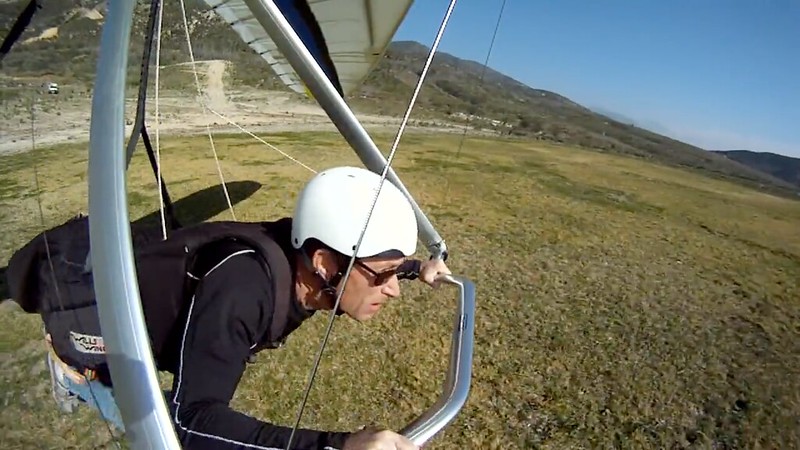

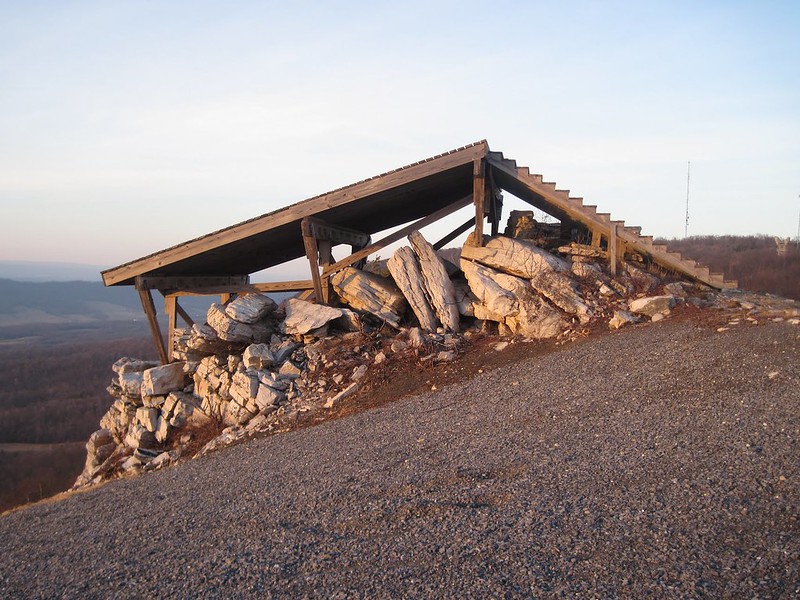
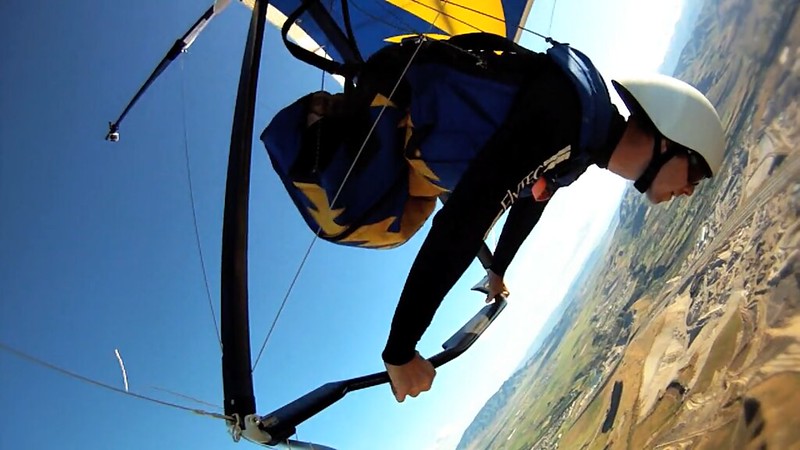
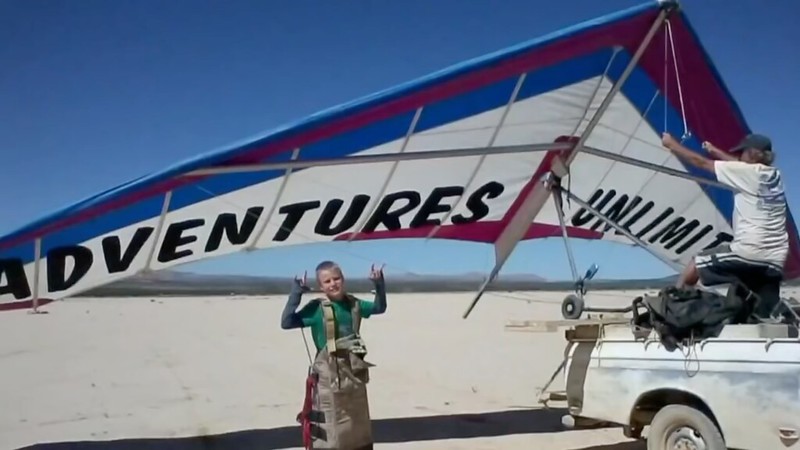
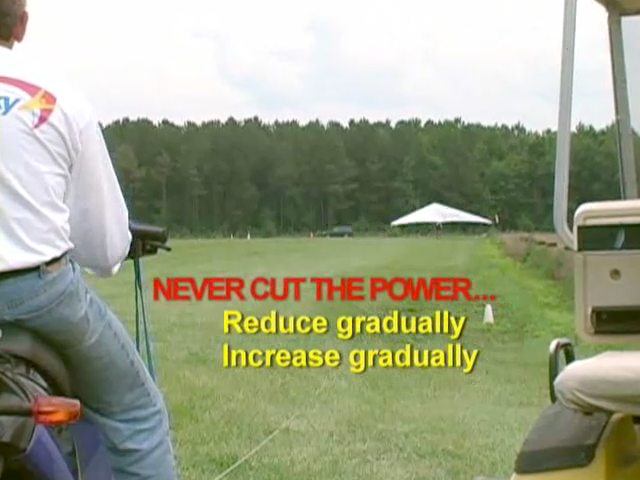




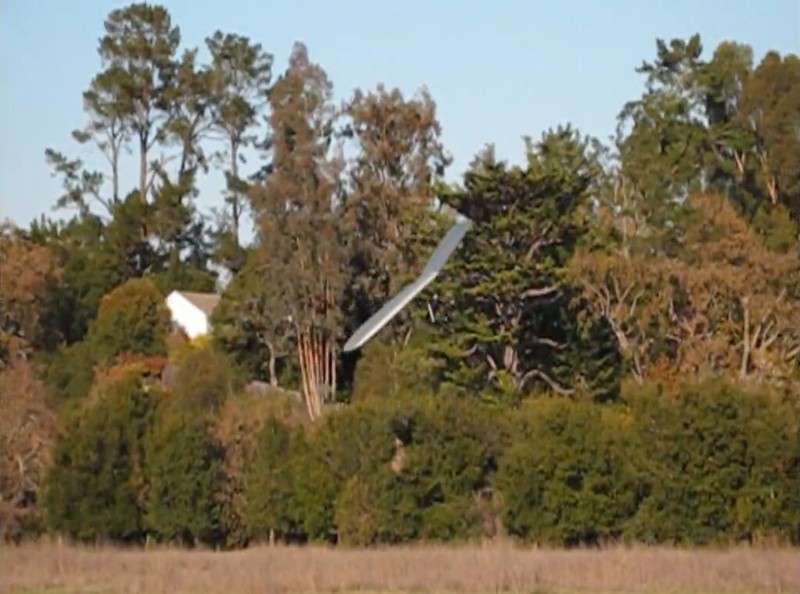
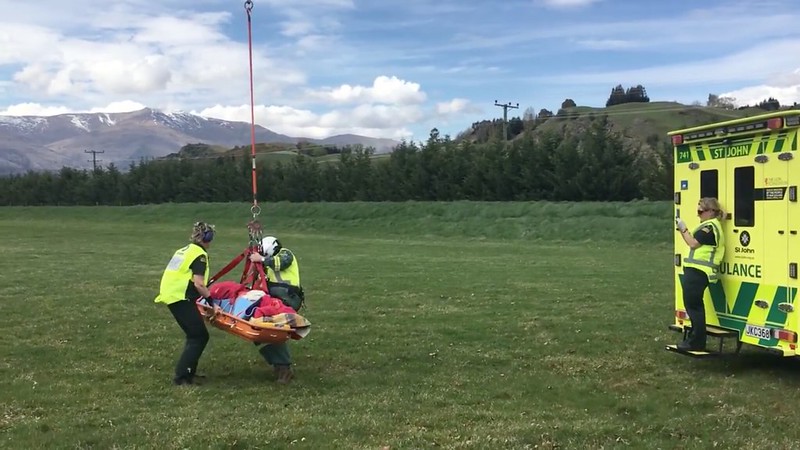

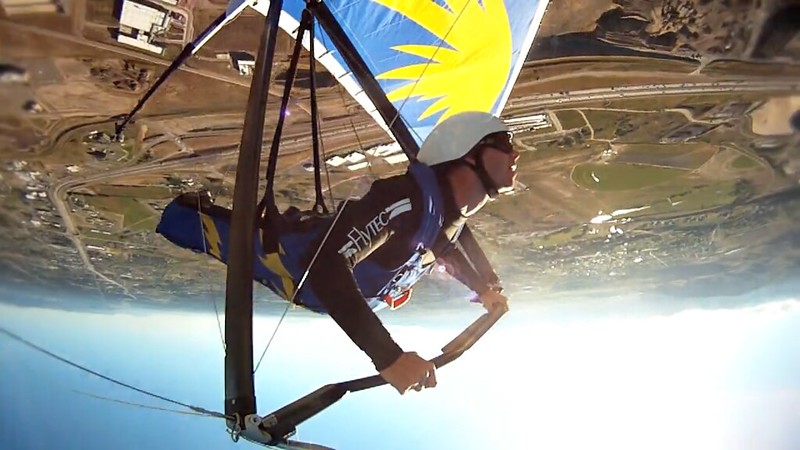
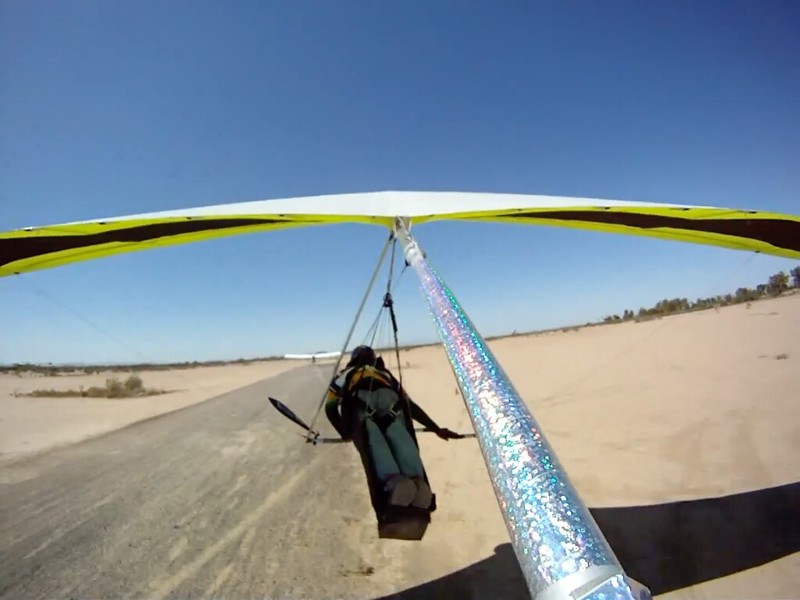
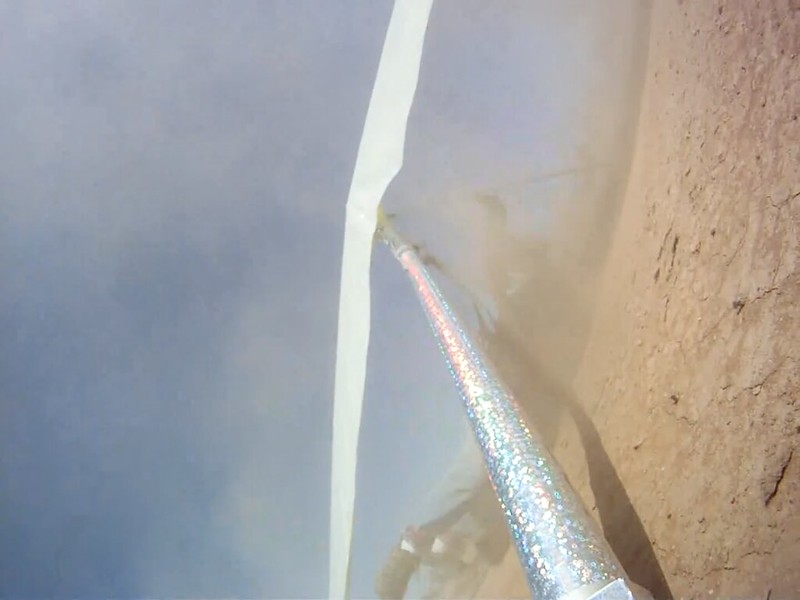
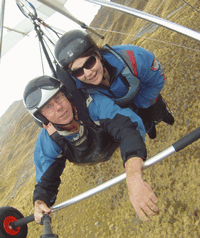

 Maybe we should petition USHPA to come up with an annual Kelly Harrison award for the next knucklehead most likely to kill his tandem passenger and wipe out our self-insurance once and for all?
Maybe we should petition USHPA to come up with an annual Kelly Harrison award for the next knucklehead most likely to kill his tandem passenger and wipe out our self-insurance once and for all? 

